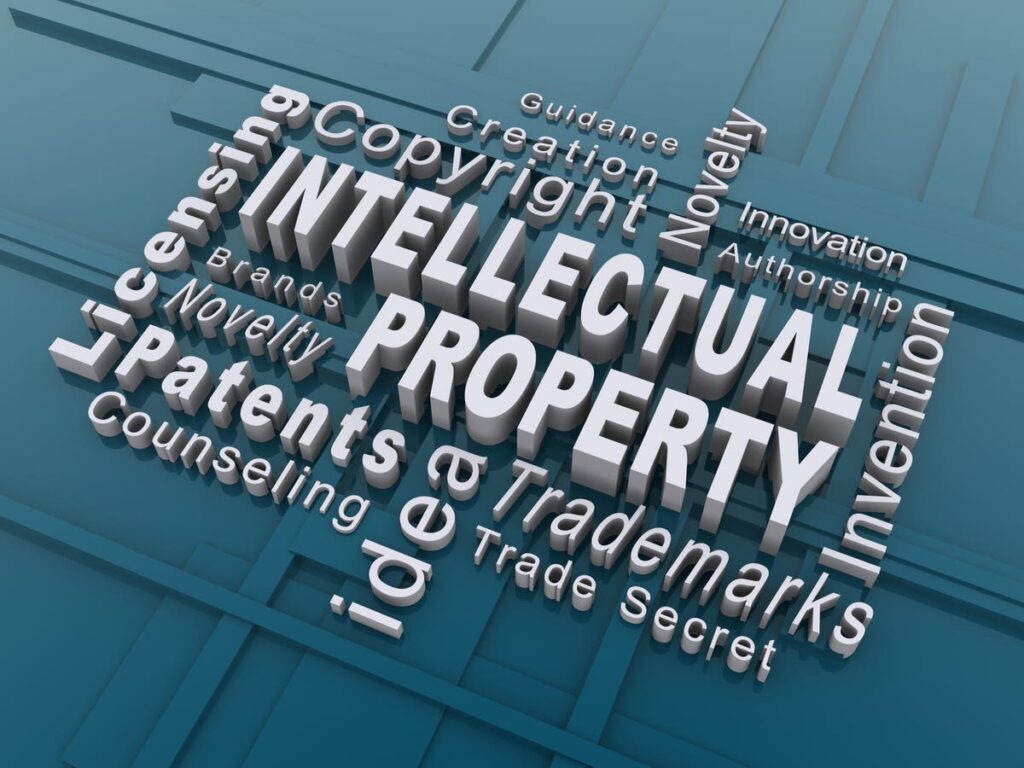The Commerce Department’s recent proposal signals a potentially seismic shift.
getty
There are not many holy grails in Silicon Valley, but patents are one of them, since they are the lifeblood of technology and any intellectual property that is at the heart of innovation. Since the Wall Street Journal wrote the story of the U.S government seeking patent royalties, my phone has been ringing nonstop with calls from venture capitalists, tech entrepreneurs and some major tech companies who are are deeply opposed to this action.
The Commerce Department’s recent proposal wants to overhaul the U.S. patent fee structure. This proposal signals a potentially seismic shift for American innovation—a topic close to the heart of the technology sector.
For over two centuries, the U.S. patent system has operated on a flat-fee model, typically costing inventors and corporations several thousand dollars—capped at around $10,000 spread over the years—to obtain and maintain a patent. This predictability has been a cornerstone, allowing both garage inventors and tech giants to plan their IP strategies with a high degree of certainty.
The current proposal under consideration, however, would require patent holders to pay 1- 5% of their patent’s assessed value annually, functioning much like a property tax on intellectual property. The intent is clear: generate billions of dollars in recurring revenue for the federal government, partly to address budget deficits and fund policy goals, all without direct tax hikes.
But the implications of this proposal are far-reaching, especially for the technology sector. Instead of a fixed, predictable cost, the new model exposes innovators to higher and potentially variable annual fees, directly tied to how their IP is valued on the open market. For tech heavyweights—think Apple, Intel, IBM, Amazon, or biotech leaders with sprawling patent portfolios—the new cost could run into the tens or even hundreds of millions annually. For startups and small inventors, already stretched thin, the prospect of higher, value-based fees could become a new hurdle to entry, dissuading filings and R&D investment. Venture capital firms, which often see patents as necessary collateral, may look elsewhere, favoring regions with more predictable costs and friendlier policies.
The practicalities present another challenge: How would the government assess and tax the “value” of a patent? Such valuations are inherently subjective, fraught with legal and financial ambiguity. A clear, reliable framework does not currently exist—and implementing one risks bureaucratic backlogs and costly disputes.
Unsurprisingly, the response from the business and innovation community has been swift and critical. Major trade organizations, tech firms, and IP attorneys have sounded alarms over what they see as double taxation, since companies already pay taxes on the revenues generated from IP. The tech sector warns this could shift the U.S. further from global norms and jeopardize its position as a leading innovation hub, as no other country currently levies a value-based patent tax.
The Commerce Department’s proposal is not just an administrative adjustment; it represents a fundamental reimagining of how America incentivizes, protects, and taxes innovation. While the potential fiscal windfall for the government is sizable, the policy risks discouraging inventors and entrepreneurs, dampening the very spirit of invention it aims to foster. The coming debate, and its outcome, will reveal America’s priorities at the intersection of revenue generation and innovation in leadership.
If the U.S. government is serious about moving forward with this proposal, expect fierce opposition from Silicon Valley and other major companies that rely on patents to protect their intellectual property. They will vigorously fight the proposal and do everything in their power to defeat it.
Disclosure: Apple, Intel and Amazon subscribe to Creative Strategies research reports along with many other high tech companies around the world.
